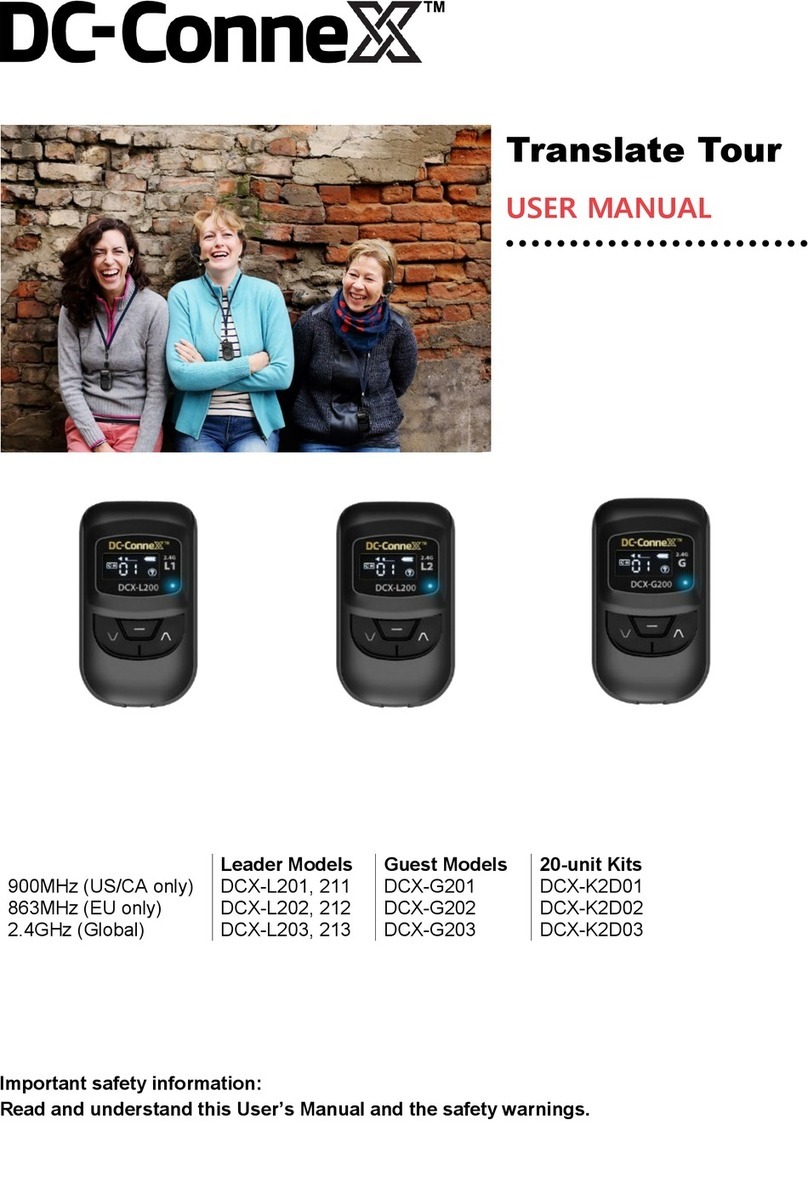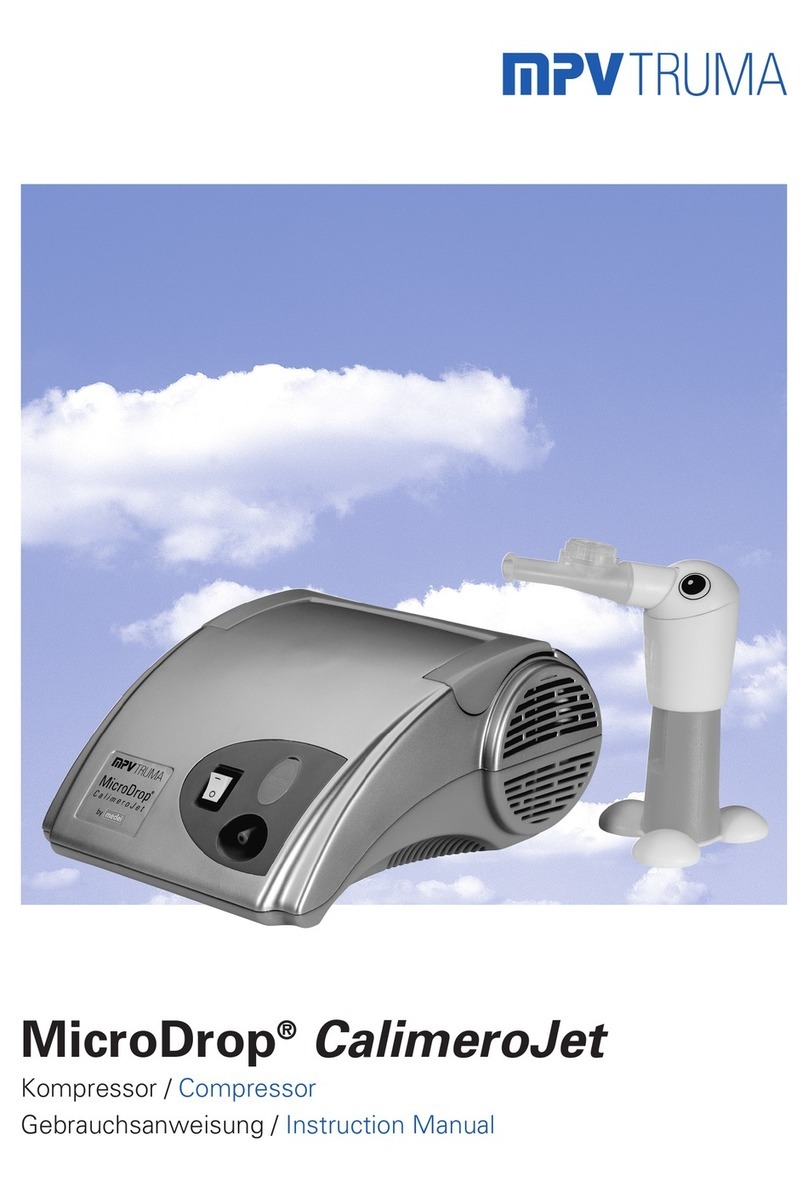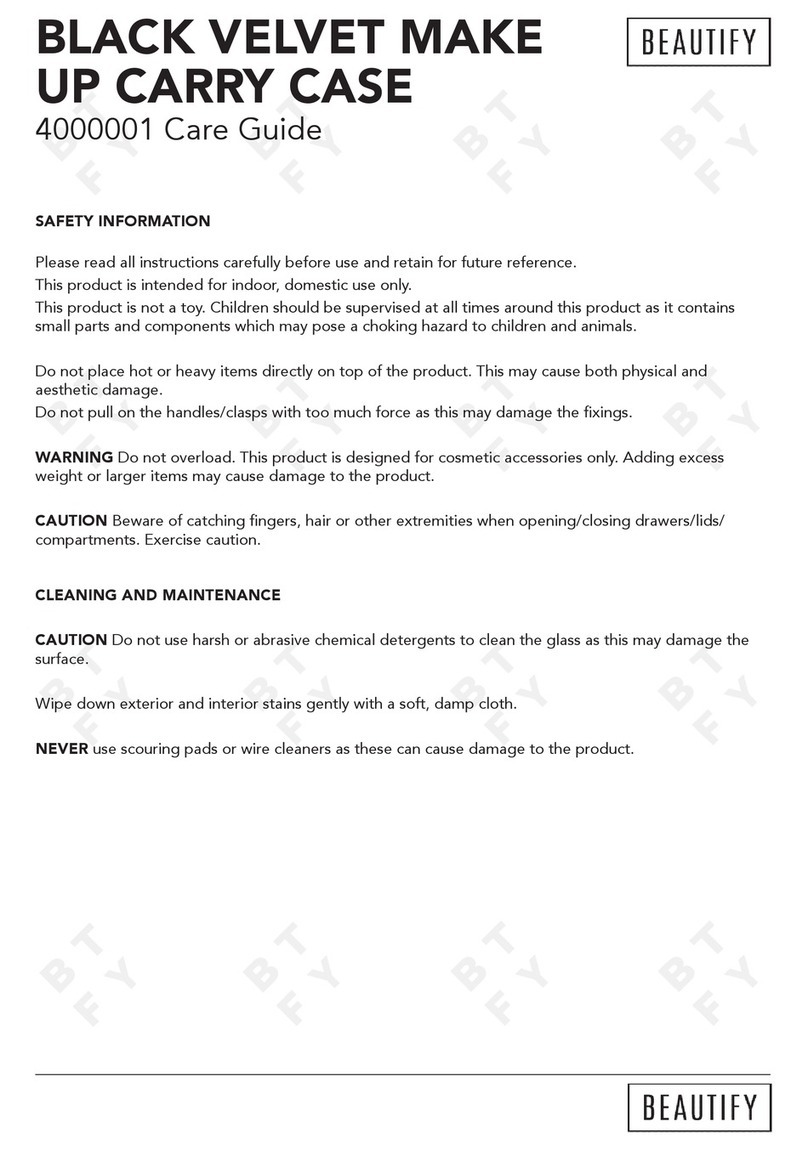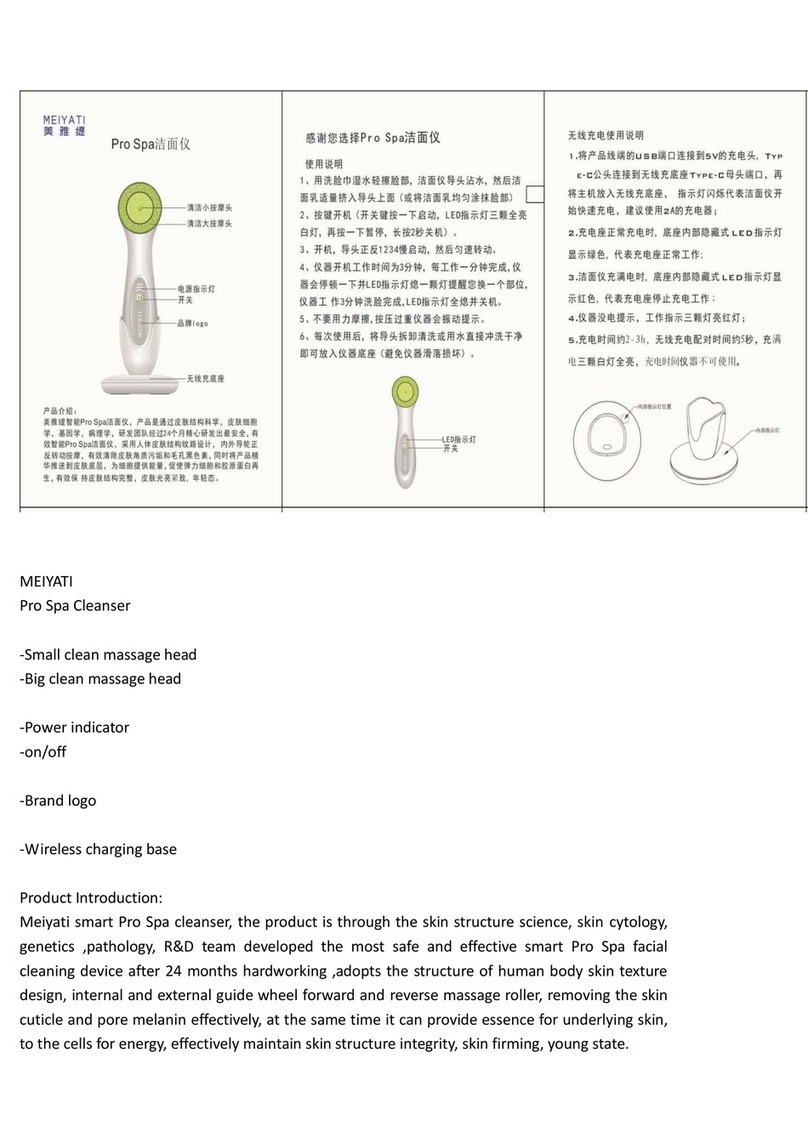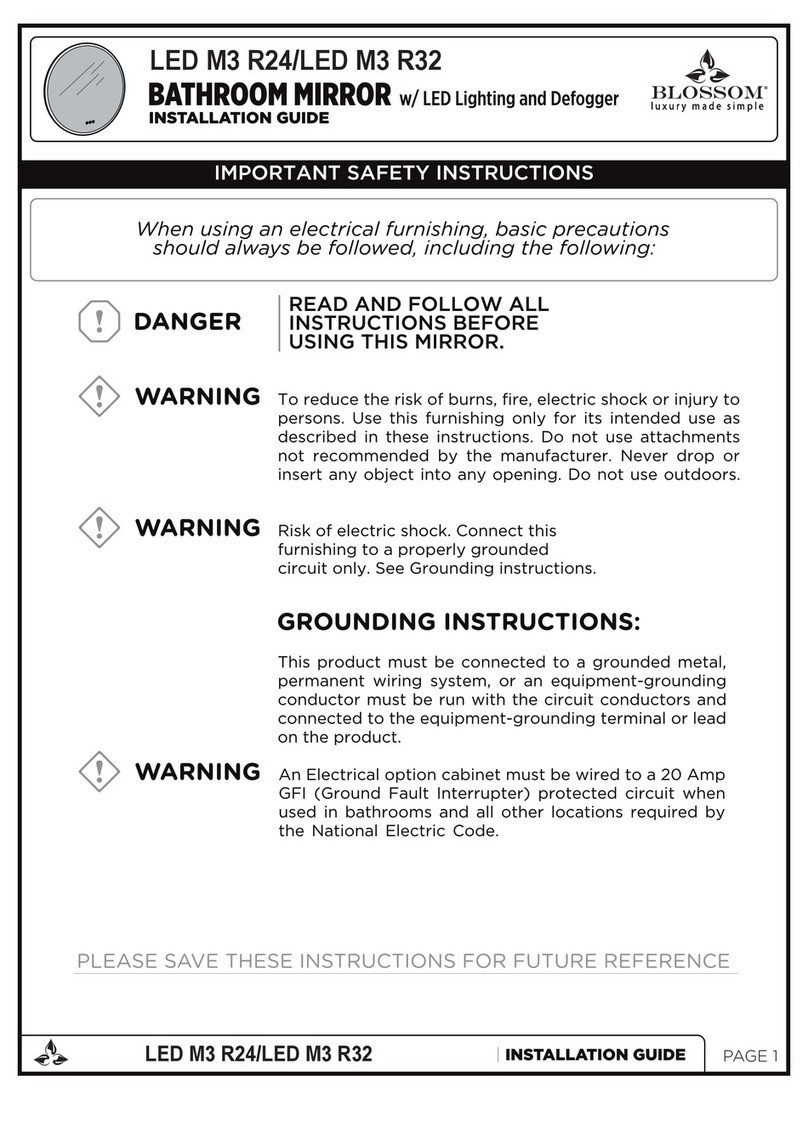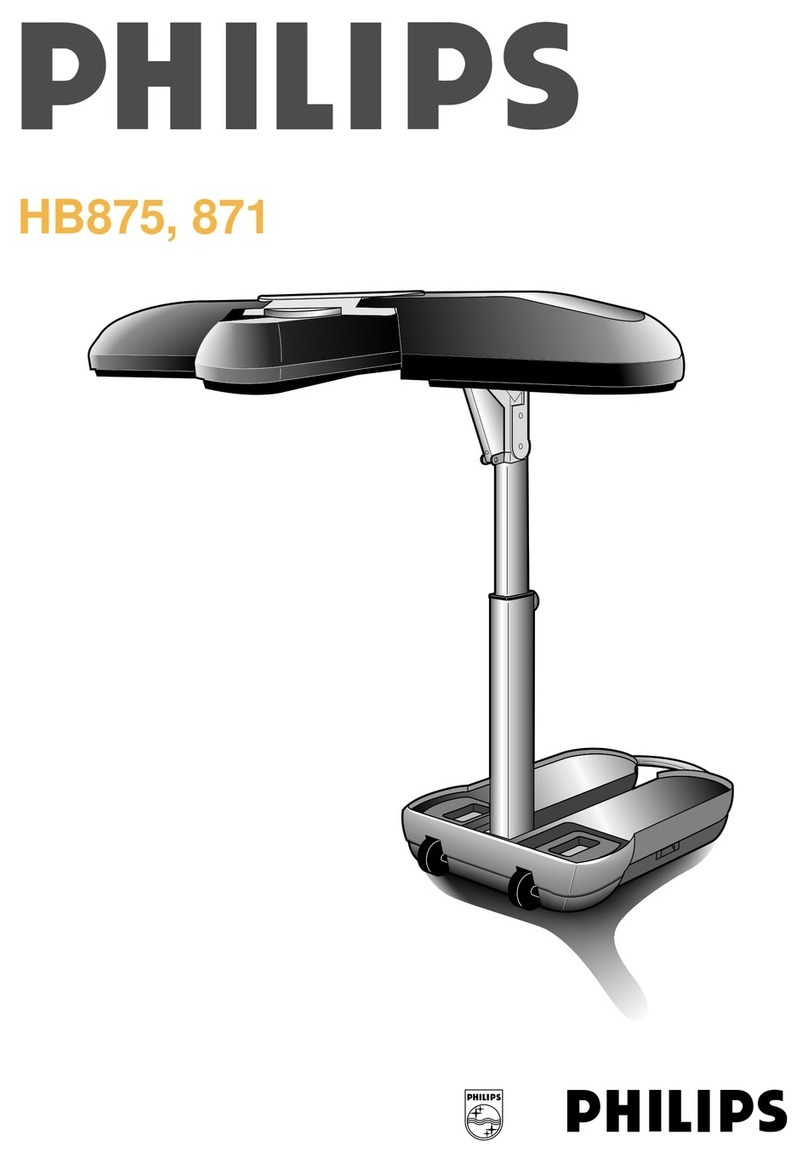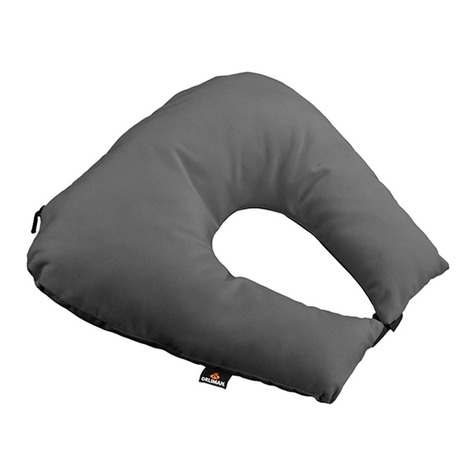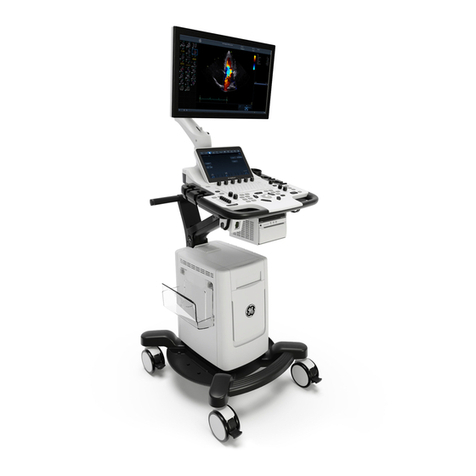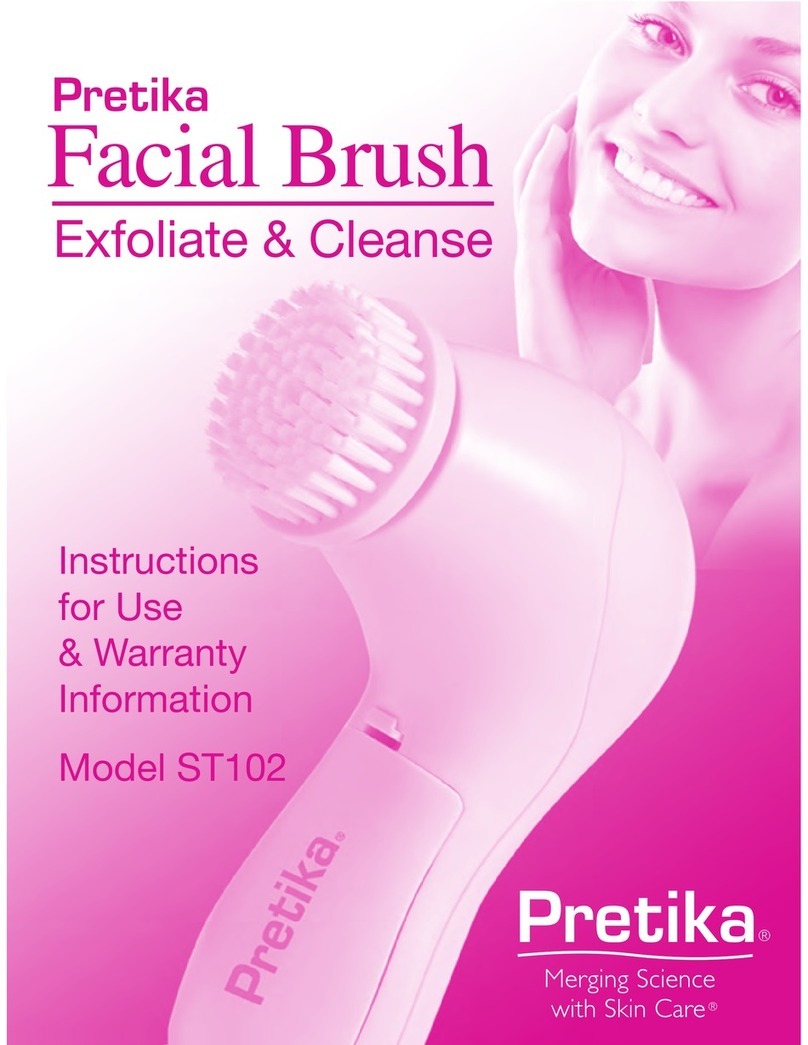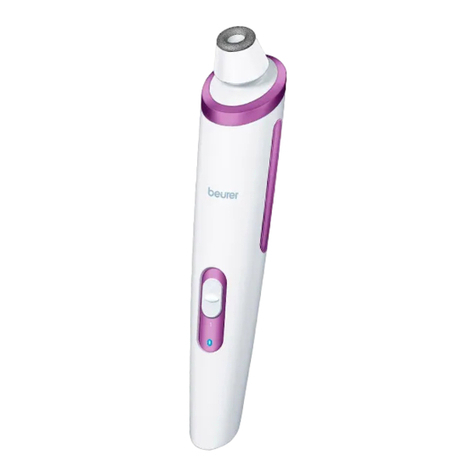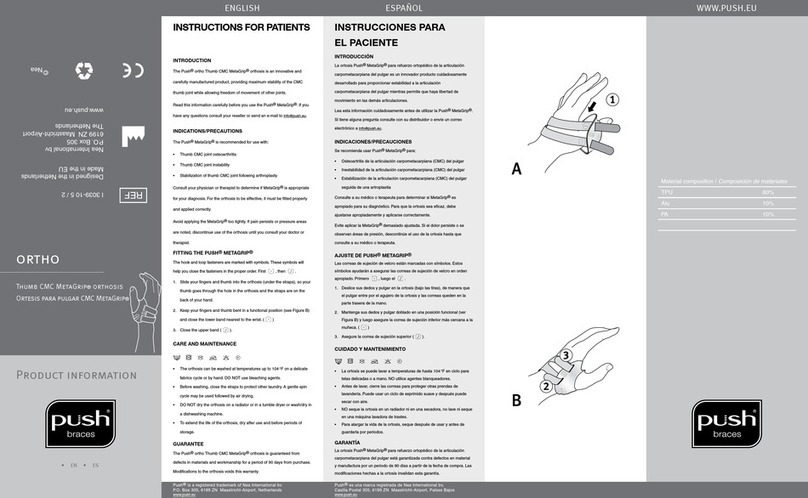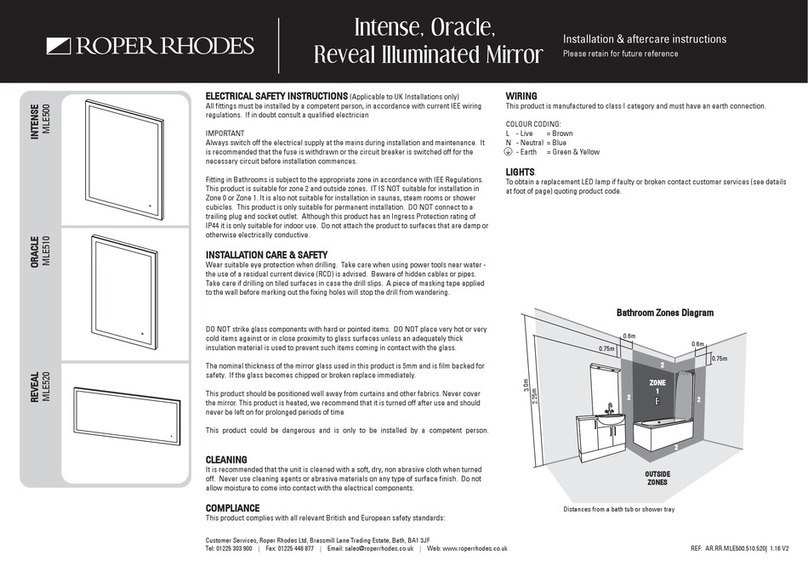Indoor biotechnologies Ventia User manual

What Everyone Should Know
About House Dust Mites
Many people with year-round allergies are sensitized to allergens found in the
home, especially house dust mites. Allergic reactions to dust mites can cause
nasal and lung symptoms, including rhinitis (a blocked or runny nose),
wheezing and asthma. Dust mites are one of the most important causes of
allergy and asthma worldwide. Allergies run in families—if you or your partner
are allergic or have asthma, one or more of your children may also develop
allergies.
Mites are tiny creatures (about 1/3mm in length), related to ticks and spiders
and invisible to the naked eye. They feed off skin scales shed by humans and
thrive in warm, humid conditions. Mites live in bedding, carpets and upholstered
furniture. Dust mites are only a problem for people who are allergic to them—
they do not bite or transmit diseases. You can test dust samples from beds or
carpets to check for mite allergens using the Ventia™ rapid allergen test.
Reducing allergen exposure is recommended by national allergy and asthma
guidelines. Knowing the allergen level in your home and taking steps to reduce
exposure helps to control asthma symptoms and
improve your quality of life.
From the leader in
indoor allergen testing
1216 Harris Street, Charlottesville, VA 22903, USA
©2009 INDOOR Biotechnologies Inc
Results in 10 minutes
Contains everything needed to
perform 2 tests
For Dust Mite
For Dust Mite
For Dust Mite
Results in 10 minutes Contains everything needed to perform 2 tests
Results in 10 minutes Contains everything needed to perform 2 tests
Allergic reactions to allergens found in the home can cause nasal
and lung symptoms, including rhinitis and asthma. House dust
mites, which live in bedding, carpets and upholstered furniture,
are one of the most important causes of allergy and asthma. You
can check the level of dust mite allergens in your home using
this simple screening test, designed especially for home use.
Check dust mite levels in home or office:
•Easy to use
•Results in 10 minutes
•No dust handling
Contains everything needed to perform 2 tests:
Dust collector system, testing solution, rapid test with built-in
color chart, and step-by-step instructions. All you need is a
vacuum cleaner to which you can attach the dust collector
nozzle contained in the kit.
Fold
Indication
Die-Cut
Indication

Instructions for Use
Please check to see that you have all part of the testing kit before beginning.
Parts of the test kit:
1. Filter tube
2. DUSTREAM™ collector
3. Top cap
4. Bottom cap
5. Dropper
6. Test solution
7. Test cassette in foil wrapper
8. Vacuum cleaner nozzle adaptor
* Use the side of the adaptor which fits your vacuum cleaner.
3Remove the dust collector from the
vacuum cleaner, leaving the filter in
place. Insert the bottom cap firmly into
the base of the dust collector.
MISSION:ALLERGY is a major distributor of Ventia Rapid Allergen Test and a resource
for allergen-avoidance products and information. www.missionallergy.com
Tests are also available directly through INDOOR Biotechnologies, Inc. www.inbio.com
No test line is visible. Dust mite level
is below the detectable limit.
No action is needed.
The test line is light pink, closest in
intensity to the LOW line on the color
chart. No action is needed.
The test line is a pink/red, closest in
intensity to the MEDIUM line on the
color chart. Take action to reduce mite
allergen levels
The test line is dark red and is closest
in intensity to the HIGH line on the
color chart. Take action to reduce mite
allergen levels
What Do the Results Mean?
Compare the color intensity of the test line (T) with the indicator lines (C) shown on the test cassette.
Concerned About Allergens and Asthma and Want to Go Further?
INDOOR Biotechnologies is the world leader in environmental allergen detection systems. If you would like to
use our laboratories for a complete allergen analysis of your home using our exclusive state-of-the-art MARIA™
testing, please visit our site or call 434-984-2304.
What Action
Should I Take?
If your test has revealed the
presence of dust mite allergen, you
can check another site in your
home using the second test. To
perform a second test, rinse the
collector and caps with water, dry
with a paper towel, and place a
clean filter inside and repeat the
test.
There are many steps you can
take to reduce yourallergenlevels,
focusing on beds, carpets, and
other soft materials where dust
mites live. Specific actions to
reduce or eliminate the presence
of dust mites and mite allergen
can be found in the “Consumer”
section ofwww.inbio.com. Consult
your allergist or physician for
further advice.
4Twist open the top of one vial of testing
solution and carefully pour the liquid
into the dust collector.
5Push the top cap firmly into the top of
the dust collector and gently shake
the collected dust and the solution for
1 minute.
6Leave to stand for 4 minutes. Remove
the rapid test cassette from the foil
wrapper and place on a flat surface.
7Remove the top cap from the collector.
Using a dropper, suck up dust solution
from near the top of the collector.
9Wait 10 minutes for the test line to
develop. If mite allergens are present,
a red or pink line will appear at the ''T''
mark. Compare the intensity of the line
with the three colored indicator lines
already printed on the test at the "C"
mark.
1Insert the plastic filter into the
DUSTREAM™ collector and firmly
attach the collector to the vacuum
cleaner tube. If the collector does not
fit the vacuum cleaner tube, use the
adaptor piece to attach the collector.*
Performing the Test
2Choose the area to be tested. Tur n
on the vacuum cleaner and vacuum
four separate areas of 8” x 12” (or
approximately the area of a letter-sized
page) for 30 seconds each (total
sampling time = 2 minutes).
©2009 INDOOR Biotechnologies Inc
3.
5. 6. 8.1. 2.
4.
7.
C T
C T
C T
C T
1 MINUTE
4 MINUTES
10 MINUTES
5 DROPS 8Transfer 5 drops into the small round
sample well on the test cassette.
Discard dropper.
Fold
Indication
Die-Cut
Indication
Table of contents
